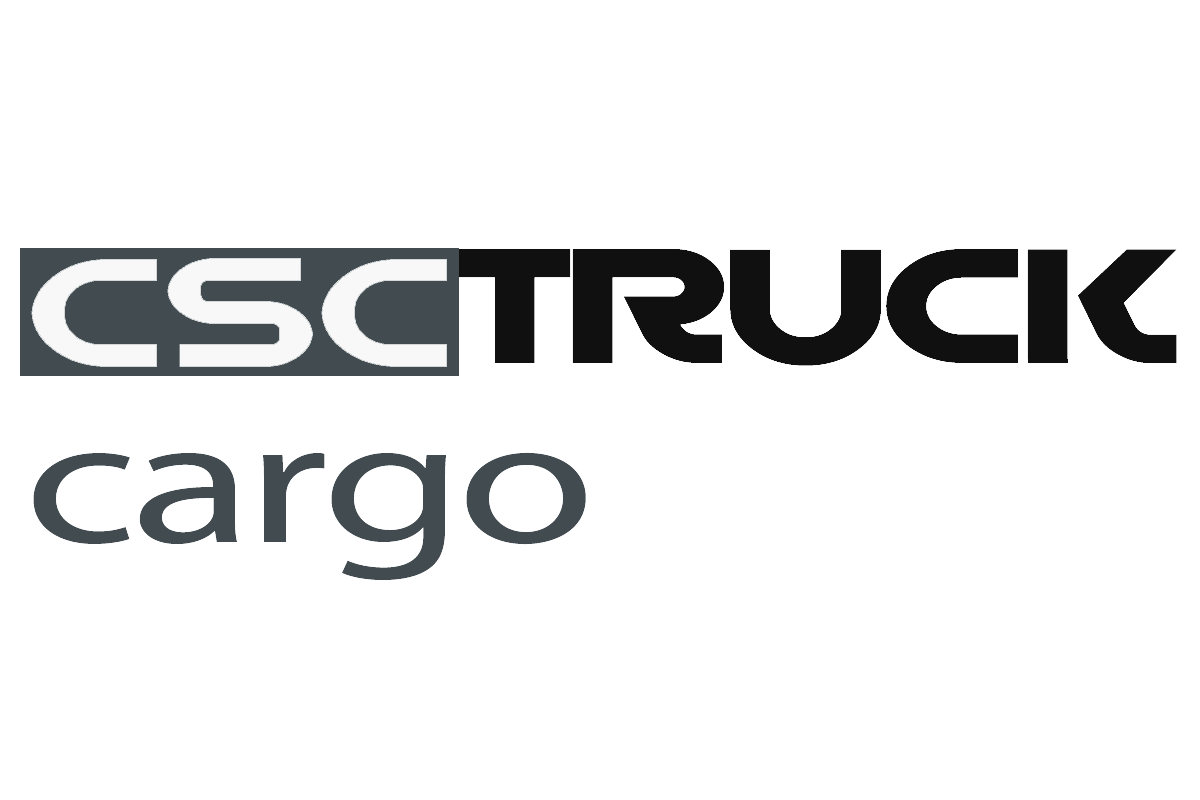Access to quality healthcare remains a critical challenge in rural and economically disadvantaged regions worldwide. Mobile medical clinics have emerged as a transformative solution, bringing essential services directly to communities that lack permanent healthcare facilities. These versatile units—ranging from compact vans to large workshop trucks converted into full-service clinics—bridge gaps in care by delivering preventive medicine, diagnostics, and treatment to doorsteps. This article explores how mobile clinics are revolutionizing healthcare delivery, the technologies enabling their efficiency, and their broader impact on public health.
1. The Critical Role of Mobile Clinics in Healthcare Equity
Millions of people globally face barriers to healthcare due to distance, cost, or infrastructure limitations. Mobile medical clinics address these challenges by eliminating the need for patients to travel long distances, effectively reducing no-show rates and ensuring timely interventions.
Reaching Remote and Marginalized Populations
In regions where hospitals are hours away, mobile units serve as lifelines. For example, in sub-Saharan Africa, converted workshop trucks equipped with solar-powered refrigerators store vaccines and medications, enabling immunization campaigns in villages without electricity. Similarly, in rural Appalachia (USA), mobile clinics provide opioid addiction treatment, reducing overdose deaths in isolated communities.
Flexibility in Crisis Response
Beyond routine care, these clinics excel in emergencies. During natural disasters or disease outbreaks, they can be rapidly deployed as testing centers or temporary triage units. The COVID-19 pandemic highlighted their value, with mobile units conducting testing and vaccinations in hard-hit urban and rural areas alike.
2. Designing Effective Mobile Medical Units
Not all mobile clinics are created equal. Their effectiveness hinges on thoughtful design tailored to community needs and environmental conditions.
Essential Features for Optimal Functionality
- Compact yet comprehensive layouts: Exam rooms, lab spaces, and pharmacy stations must fit seamlessly into limited square footage.
- Off-grid capabilities: Solar panels and battery systems ensure operation in areas without reliable electricity.
- Climate control: Insulated walls and HVAC systems protect medications and equipment from extreme temperatures.
Innovative Models: Beyond Traditional Vans
Some organizations are repurposing larger vehicles for specialized care. A mobile LED truck, for instance, can double as a surgical suite for cataract surgeries in regions with high blindness rates. Others use retrofitted buses to deliver dental care or maternal health services, with built-in sterilization stations and adjustable seating.
3. Technology Enhancing Mobile Healthcare Delivery
Cutting-edge tools are amplifying the impact of mobile clinics, making advanced care possible outside hospital walls.
Portable Diagnostic Equipment
- Handheld ultrasound devices for prenatal and cardiac screenings.
- AI-powered imaging tools that assist in detecting tuberculosis or fractures with minimal training.
- Digital health records accessible via tablets, ensuring continuity of care even in remote areas.
Telemedicine Integration
When onsite specialists aren’t available, mobile clinics use satellite-connected telemedicine systems to link patients with doctors elsewhere. In Alaska, for example, mobile units connect indigenous communities with dermatologists thousands of miles away via real-time video consultations.
4. Overcoming Operational Challenges
While mobile clinics offer immense benefits, their success depends on addressing logistical hurdles.
Sustainable Funding Models
Many programs rely on grants or philanthropy, but hybrid approaches—such as partnering with local governments or charging sliding-scale fees—can ensure longevity. In India, some clinics operate as franchises, offering affordable care while generating revenue.
Maintenance and Mobility
Rough terrain and heavy use demand durable vehicles. Regular servicing of the workshop truck chassis or van engines is crucial to avoid breakdowns. Some programs now use modular designs, allowing easy swapping of medical equipment between vehicles.
Community Trust and Engagement
Success requires cultural sensitivity. In Latin America, clinics staffed by bilingual providers see higher uptake among indigenous populations. Meanwhile, in urban “medical deserts,” mobile LED trucks with eye-catching designs attract attention and demystify care.
5. The Future of Mobile Healthcare
The potential for growth is vast. Emerging trends include:
- Hybrid electric mobile clinics to reduce carbon footprints.
- On-demand pop-up clinics dispatched via app requests in cities.
- Preventive care focus, with units offering nutrition counseling and chronic disease management alongside treatment.
As technology advances and healthcare disparities persist, mobile clinics—whether built on a workshop truck platform or a high-tech mobile LED truck—will remain indispensable tools for achieving health equity. Their ability to adapt, scale, and meet patients where they are exemplifies the future of inclusive medicine.
By continuing to innovate in design, outreach, and service delivery, these mobile units can ensure that no community is left behind in the quest for universal healthcare access.

